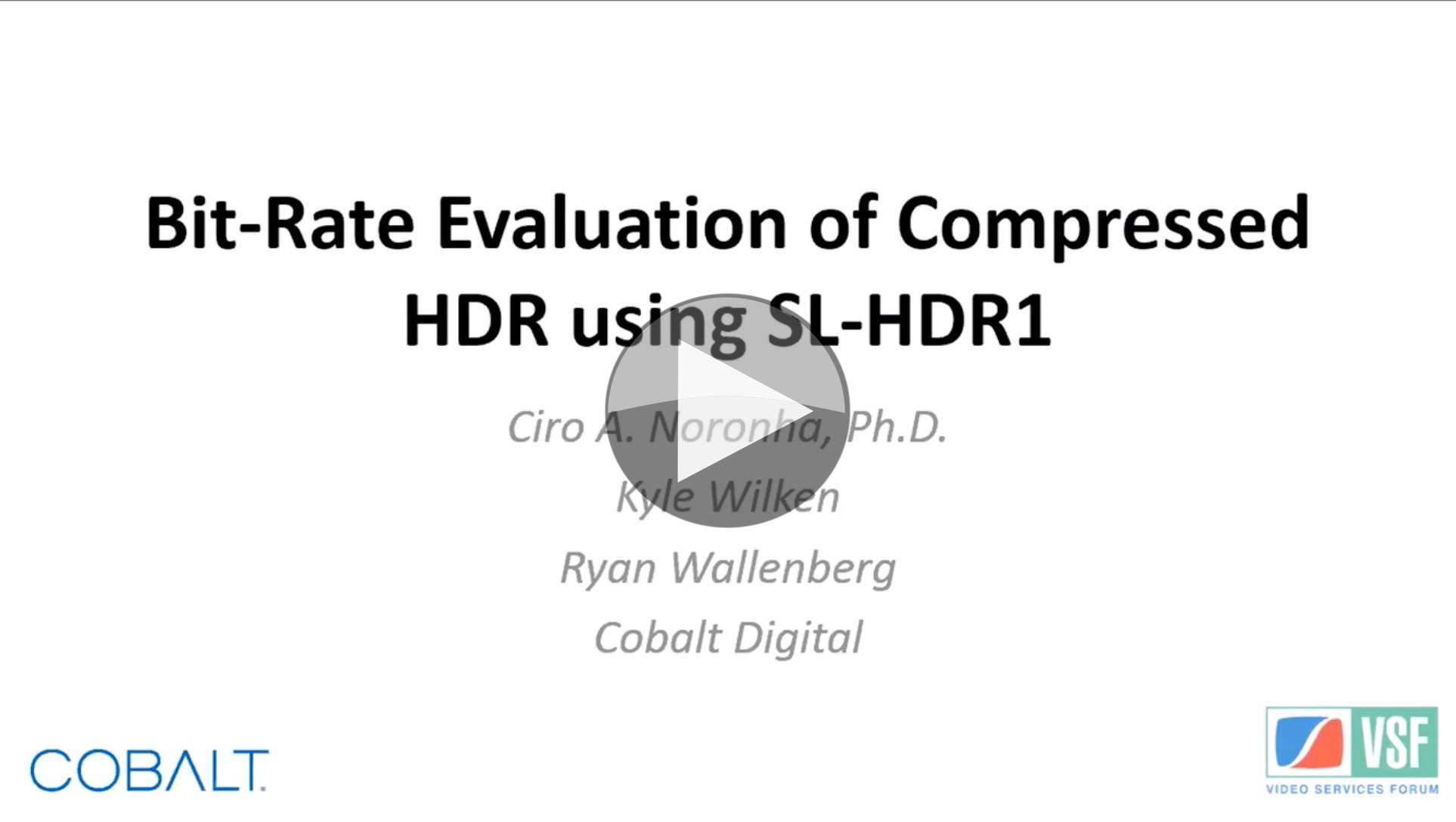HDR video can look vastly better than standard dynamic range (SDR), but much of our broadcast infrastructure is made for SDR delivery. SL-HDR1 allows you to deliver HDR over SDR transmission chains by breaking down HDR signals into an SDR video plus enhancement metadata which describes how to reconstruct the original HDR signal. Now part of the ATSC 3.0 suite of standards, people are asking the question whether you get better compression using SL-HDR1 or compressing HDR directly.
HDR works by changing the interpretation of the video samples. As human sight has a non-linear response to luminance, we can take the same 256 or 1024 possible luminance values and map them to brightness so that where the eye isn’t very sensitive, only a few values are used, but there is a lot of detail where we see well. Humans perceive more detail at lower luminosity, so HDR devotes a lot more of the luminance values to describing that area and relatively few at high brightness where specular highlights tend to be. HDR, therefore, has the benefit of not only increasing the dynamic range but actually provides more detail in the lower light areas than SDR.
Ciro Noronha from Cobalt has been examining the question of encoding. Video encoders are agnostic to dynamic range. Since HDR and SDR only define the meaning of the luminance values, the video encoder sees no difference. Yet there have been a number of papers saying that sending SL-HDR1 can result in bitrate savings over HDR. SL-HDR1 is defined in ETSI TS 103 433-1 and included in ATSC A/341. The metadata carriage is done using SMPTE ST 2108-1 or carried within the video stream using SEI. Ciro set out to do some tests to see if this was the case with technology consultant Matt Goldman giving his perspective on HDR and the findings.
Ciro tested with three types of Tested 1080p BT.2020 10-bit content with the AVC and HEVC encoders set to 4:2:0, 10-bit with a 100-frame GOP. Quality was rated using PSNR as well as two special types of PSNR which look at distortion/deviation from the CIE colour space. The findings show that AVC encode chains benefit more from SL-HDR1 than HEVC and it’s clear that the benefit is content-dependent. Work remains to be done now to connect these results with verified subjective tests. With LCEVC and VVC, MPEG has seen that subjective assessments can show up to 10% better results than objective metrics. Additionally, PSNR is not well known for correlating well with visual improvements.
Watch now!
Speakers
 |
Ciro Noronha Executive Vice President of Engineering, Cobalt Digital President, Rist Forum |
 |
Matthew Goldman Technology Consultant |


